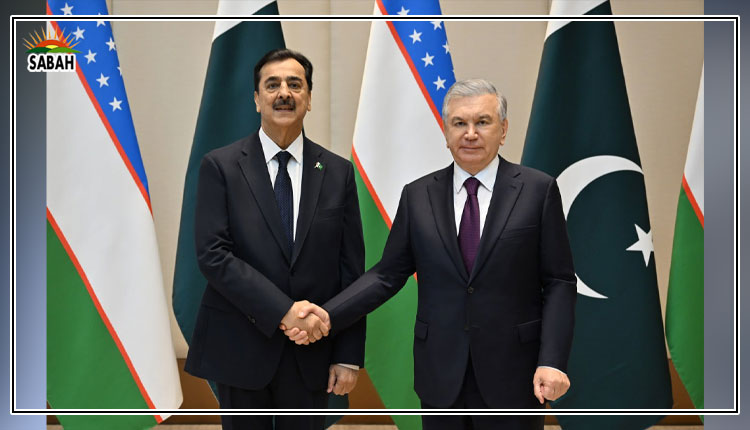Unending power crisis: economic stability at risk … Engineer Arshad H Abbasi
Pakistan’s power sector is trapped in a vicious cycle of debt, echoing the haunting words of Ghalib, Marz Barhta Gaya Joon Joon Dawa Ki i.e. the remedy worsened the malady. This poignant verse encapsulates the power sector’s catastrophic downward spiral.
The numbers are staggering. In FY22, the circular debt swelled to Rs2.325 trillion, with electricity prices skyrocketing by 155% from 2021 to 2024 in a desperate bid to mitigate the crisis. Yet, despite this drastic measure, the circular debt remained alarmingly high, standing at Rs2.393 trillion by June 30, 2024.
What has truly been achieved other than burdening the already struggling consumers? The so-called brigade of experts, including representatives from NEPRA and the Ministry of Power, has only managed to renegotiate Power Purchase Agreements (PPAs) with five Independent Power Producers (IPPs). This failure to address the root causes of the crisis presents an existential threat to a nation possessing the sixth-largest nuclear arsenal. How has this catastrophic mismanagement remained unrested, leaving Pakistan’s energy and economic stability hanging by a thread?
One of the gravest reasons for this colossal failure is the government’s reliance on individuals who were key players in this mismanagement saga. Compounding this is the absence of innovative, out-of-the-box solutions to address a crisis that has escalated into a direct threat to the nation’s sovereignty. The persistence of these entrenched approaches has only deepened the wounds of an already fragile economy, casting a dark shadow over the country’s future stability and independence.
Karachi, the industrial heartbeat of Pakistan, commands nearly 31% of the nation’s industrial electricity consumption, symbolising its pivotal role in the country’s economy. Though I reside about a thousand miles away in the tranquil embrace of mountains, Karachi’s essence remains close to my heart. Once a radiant ‘City of Lights’, its glamour in the late seventies captivated the soul. Far more than a ‘Mini Pakistan’, Karachi stands as a nurturing mother, extending its embrace to the underprivileged across the nation, a city of resilience and endless opportunity.
The foundation of the power sector is rooted in mathematics, a truth that transcends fiction. No wordsmith, poet or visionary has dared challenge this mathematical reality. Let us confront the arithmetic of inefficiency. The Karachi Electric Supply Company (KESC), established in 1913, enjoyed only a few billion rupees worth of subsidy at the time of its privatisation in 2005. But time has a way of altering equations. Today, this subsidy has swelled to a staggering 170 billion rupees. What fuels this exponential growth? The answer lies in the inefficient power plants of the entity that supply electricity to the city. These power plants rely heavily on imported fuel, generating electricity at a crippling cost. The numbers are stark: Karachi pays more for electricity than the rest of the country.
One of the serious management challenges in Pakistan’s power sector is the existence of two distinct electricity systems: the national grid, and Karachi’s independent grid. This anomaly has persisted for decades, creating inefficiencies and operational disunity. In power sector records, Karachi’s electricity system is treated almost as if it belongs to another state, perpetuating the divide and complicating national-level energy planning and optimisation.
To mitigate this, 1100 MW is being supplied to Karachi though interconnection at the average rate of Rs9 per unit while some of its own plants are supplying electricity at an average rate of more than Rs25 per unit. Adding more to the price, some of the oil-fired IPPs are providing electricity for more than Rs32 per unit. What a big malfeasance and obliviousness that three coal-fired plants, with a combined capacity 3410 MW connected to national gird, remained idle during the last two years! These underutilised power plants are one main reason for the growing circular debt through high capacity payments. What is the barrier? A crucial few hundred meters of interconnection between the national grid and K-Electric (KE) remains incomplete, including construction of two grid stations.
Despite an initial agreement between KE and the National Transmission and Despatch Company (NTDC) in 2010, the project to supply more cheap electricity from the national grid to Karachi has been stalled for over a decade, awaiting finalization of the agreement between KE and NTDC.
To add to the misery, electricity will be imported from Kyrgyzstan and Tajikistan under CASA 1000 to Pakistan – which already has 9,000 MW surplus electricity – through 1,387 kilometers long transmission lines. What an amazing master plan! This CASA 1000 will cost Pakistan 9.4 US cents per unit while the national grid is providing electricity to KE at the rate of 3.45 US cents per unit.
To truly restore Karachi’s as the ‘City of Lights’ and boost exports, the government must ensure cost-effective electricity. This requires connecting three coal power plants and the 1,100 MW K-3 nuclear plant to Karachi’s grid. Simultaneously, Karachi’s electricity supplier should be restructured into another Distribution Company (DISCO). Stabilising Karachi’s power sector will reduce circular debt and electricity costs for consumers nationwide. The time to act is now!
Courtesy Express Tribune












